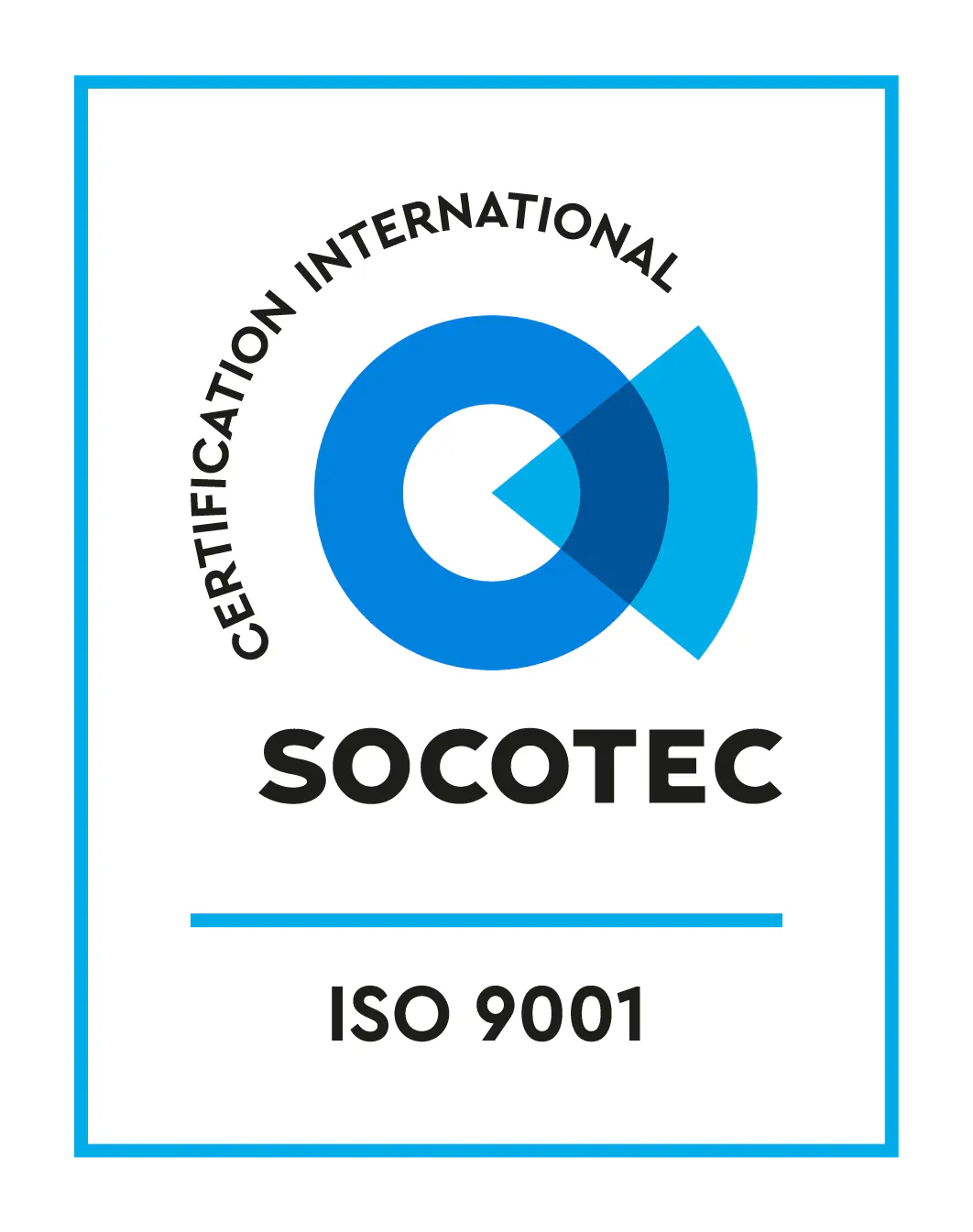Press release
RTE international appointed as third-party consultant to conduct joint interaction studies between the two HVDC projects ‘Sofia Offshore Wind Farm’ and ‘the third phase of Dogger Bank Wind Farm’ in the North Sea
RTE international is bringing its expertise in HVDC interaction studies to RWE’s Sofia Offshore Wind Farm and Dogger Bank C, the third phase of the Dogger Bank Wind Farm, a joint venture partnership between SSE Renewables, Equinor and Eni Plenitude. In the role of third-party consultant, RTE international will carry out wide-ranging interaction studies to ensure the connection of both projects to the Lackenby AC substation in the United Kingdom.
Offshore wind is the fastest-growing segment of renewable energy. Integrating offshore wind farms, that are far from the shore, into the power system requires High Voltage Direct Current (HVDC) technology and converter stations. This results in the displacement of conventional power generation, lower system inertia and lower short circuit capacity of the AC system. The AC grids integrated with multiple converters in a close electrical vicinity have the potential to influence each other. The interoperability and stability of the system with a large number of converters is regarded as a key issue in the future power system planning development.
The Sofia and Dogger Bank C interaction studies investigate the reciprocal interaction between the two projects, which will be operated on the AC onshore side in a close electrical vicinity. The risk-analysis focuses on negative interactions that can cause a deterioration in network performance, potentially leading to system instability, such as:
- Control loop interaction ;
- Interaction due to non-linear functions ;
- High frequency interaction (harmonics and resonances).
The connection of these two projects is unusual. There are two very powerful HVDC links, rated at 1320 MW and 1200 MW respectively, that will be connected at the same electrical location simultaneously by two different HVDC manufacturers, Hitachi Energy and GE’s Grid Solutions. As a third party, RTE international ensures that the intellectual property of the respective stakeholders remains protected. The studies will use offline EMT simulation methods, as well as in-the-loop hardware, with replicas of both projects being hosted in RTE international’s laboratories in Lyon.
« We are pleased to be able to use our unique expertise and infrastructure in Lyon, France to support the project developers of Sofia and Dogger Bank Wind Farm in their ambitious plans. HVDC plays a central role in managing the energy transition. With our expertise, we can contribute to the carrying out of these complex HVDC offshore projects. This project is the continuation of an established partnership, and we are very much looking forward to working with all stakeholders. »
About Sofia Offshore Wind Farm and Dogger Bank C
The Sofia transmission system consists of a 1320 MW VSC-HVDC symmetrical monopole ±320 kV transmission system with a 220 km export cable, designed and built by GE Grid Solutions. The offshore network is at 66 kV, connecting 100 Siemens Gamesa 14 MW wind turbines. The onshore substation is connected to the NGET Lackenby substation by a 2 km 400 kV cable. Connection to the UK grid will take place in 2024, with completion of the overall project in 2026.
The Dogger Bank C transmission system consists of a 1200 MW VSC-HVDC symmetrical monopole ±320 kV transmission system with a 272 km export cable, designed and built by Hitachi-ABB Power Grids (HAPG). The offshore network is at 66 kV, connecting 87 GE Haliade 14 MW wind turbines. The onshore substation is connected to the NGET Lackenby substation by a 2 km 400 kV cable. Connection to the UK grid will take place in 2025, with completion of the overall project in 2026.





